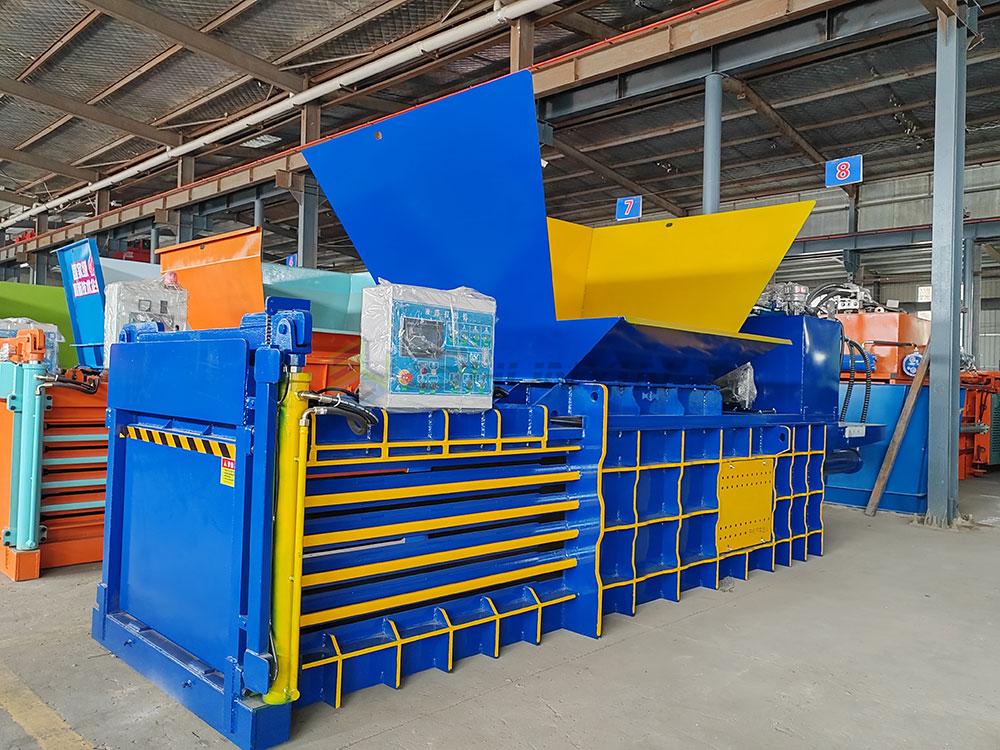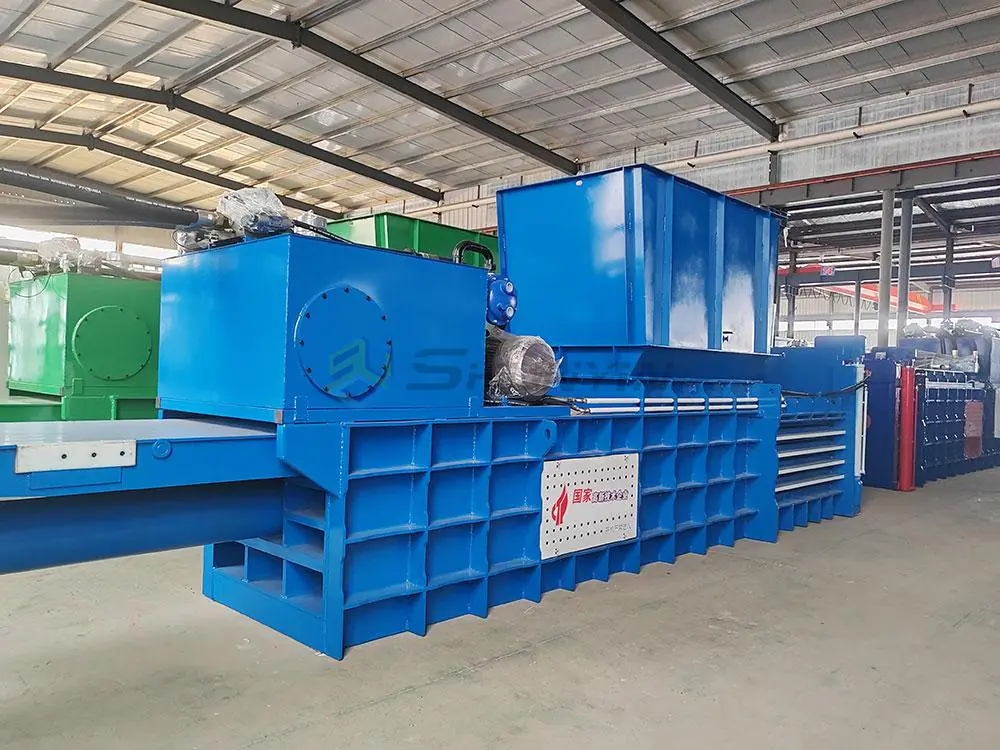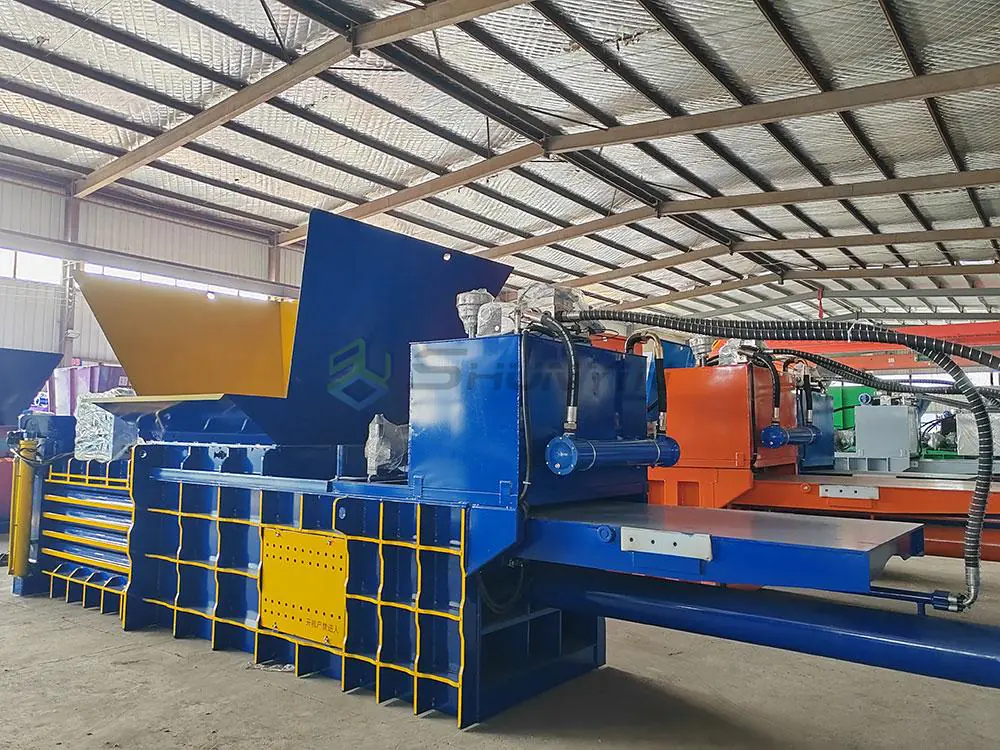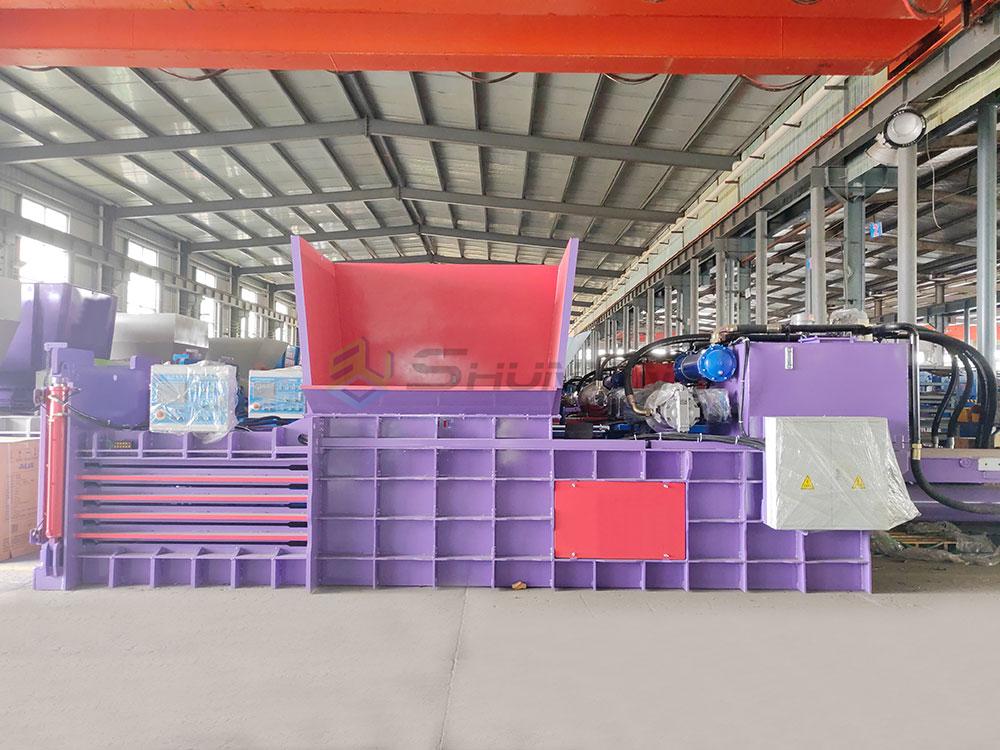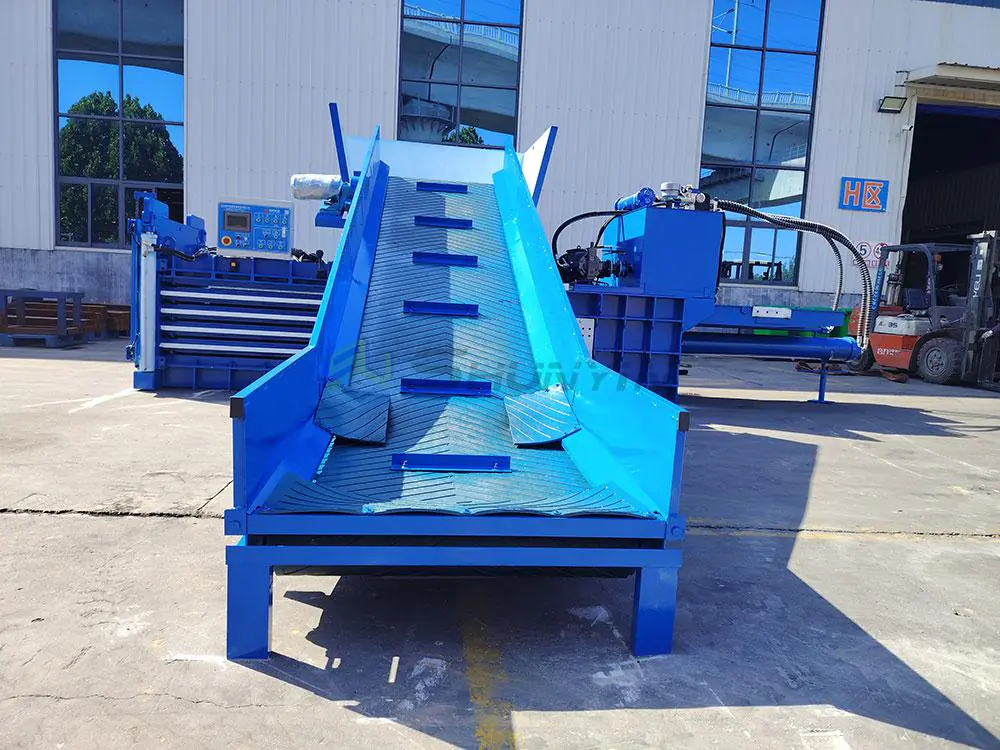
Three months ago, we shipped a 63-ton hydraulic baler to a Korean auto parts manufacturer that reduced their scrap storage costs by 72% – here’s exactly how these industrial powerhouses transform waste management.
A hydraulic baling press machine uses pressurized fluid (typically oil) to compress materials into dense blocks, with forces ranging from 12-210 tons. Our ISO-certified machines contain dual hydraulic cylinders, 150bar pump systems, and PLC-controlled compression cycles, processing 3-15 tons/hour of metal/plastic/paper waste with 40% higher efficiency than mechanical alternatives.
Understanding these machines requires exploring three critical operational aspects that 68% of first-time buyers initially misunderstand during equipment selection.
What Is a Hydraulic Baling Machine Used For?
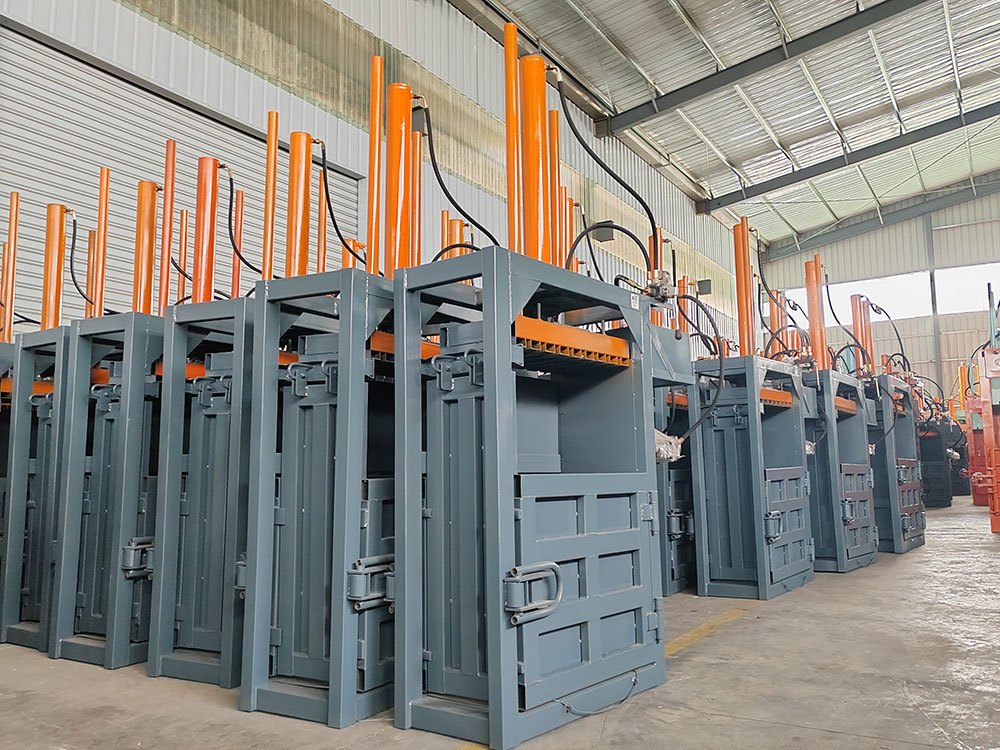
When Singapore’s ST Engineering needed to process 28 tons of aircraft scrap daily, our 80-ton horizontal baler delivered seven key functions:
Material Processing Matrix
| Material | Compression Force | Bale Density | Market Value Increase |
|---|---|---|---|
| Aluminum Cans | 25 tons | 680kg/m³ | 22%↑ |
| Steel Shavings | 50 tons | 2100kg/m³ | 18%↑ |
| PET Bottles | 15 tons | 820kg/m³ | 31%↑ |
| E-Waste | 30 tons | 640kg/m³ | 41%↑ |
| Textiles | 12 tons | 450kg/m³ | 27%↑ |
Additional critical applications:
- Reducing shipping volumes by 85%
- Preventing spontaneous combustion in waste piles
- Meeting EU recycling directives (WEEE/RoHS)
- Enabling automated material sorting
Is a Baler a Hydraulic Press?

During maintenance training for our Canadian client last month, we clarified core differences:
Technical Comparison
| Feature | Standard Press | Industrial Baler |
|---|---|---|
| Force Generation | Mechanical/Hydraulic | Hydraulic Only |
| Cycle Time | 2-5 minutes | 15-90 seconds |
| Automation | Manual | PLC Controlled |
| Capacity | <8 tons | Up to 210 tons |
| Purpose | Forming Objects | Waste Compaction |
| Safety | Basic Guards | 5-Point Systems |
Our 35-ton baler specifications:
- Pressure: 165 bar
- Oil Flow: 110 l/min
- Cylinder Stroke: 1200mm
- Motor: 22kW 4-pole
- Cycle Time: 48 seconds (cardboard)
Critical differentiation factors:
- Automatic material feeding systems
- Integrated bundling mechanisms
- Density monitoring sensors
- Fire suppression options
What Is a Hydraulic Shop Press Used For?

Our Vietnam client’s auto repair chain uses both equipment types – here’s their cost-benefit analysis:
Operational Comparison Chart
| Parameter | Shop Press | Baling Press |
|---|---|---|
| Force Range | 10-100 tons | 12-210 tons |
| Operation | Manual | Semi/Fully Auto |
| Output | 0.5 tons/hr | 8 tons/hr |
| Energy Use | 3-7kW | 18-35kW |
| Floor Space | 2.2m² | 7.5m² |
Key shop press applications:
- Bearing installation/removal
- Straightening metal parts
- Punching operations
- Sample material testing
Baler advantages in workshops:
- 19% higher scrap metal prices
- Proper oil drainage from vehicles
- Recyclable fluid containment
- OSHA-compliant waste handling
Conclusion
Modern hydraulic baling presses deliver unmatched efficiency in industrial recycling. With 41 patented technologies, our machines guarantee performance. Get your free machine match report – includes localized ROI calculation from our engineers.


